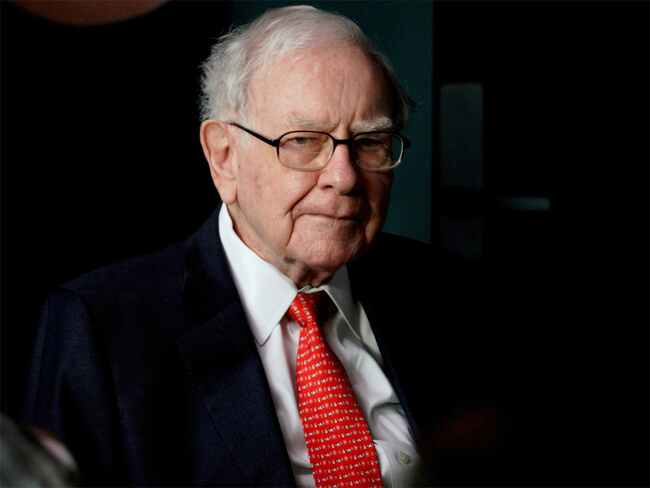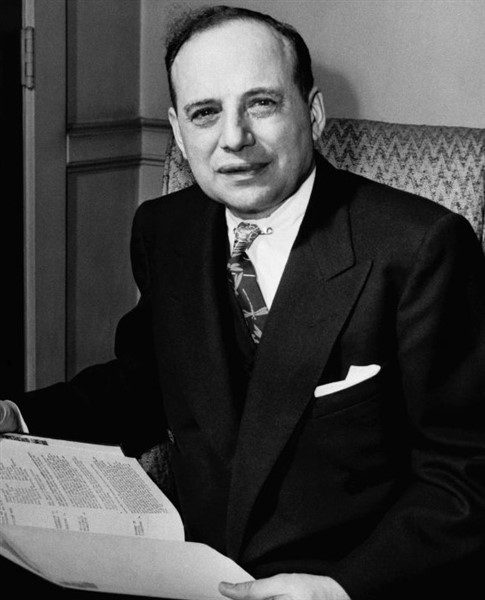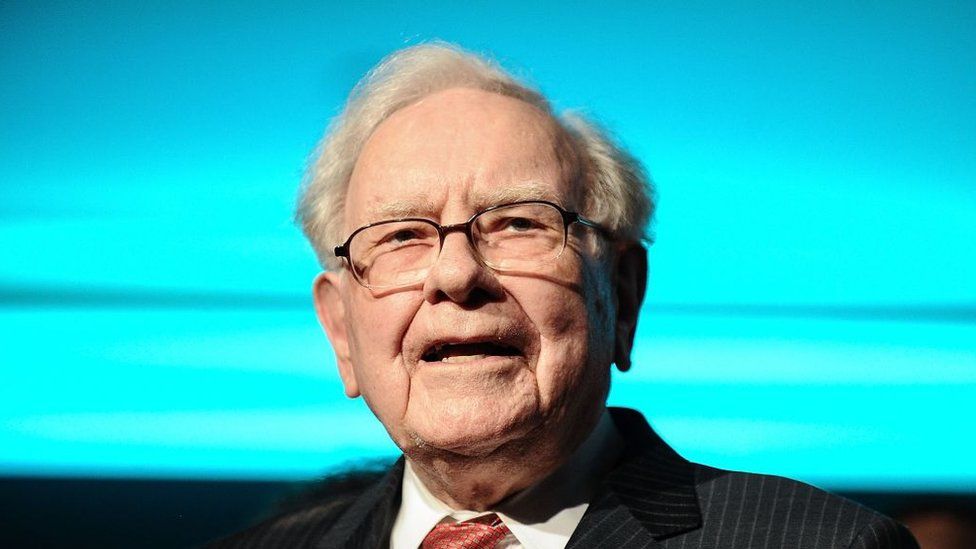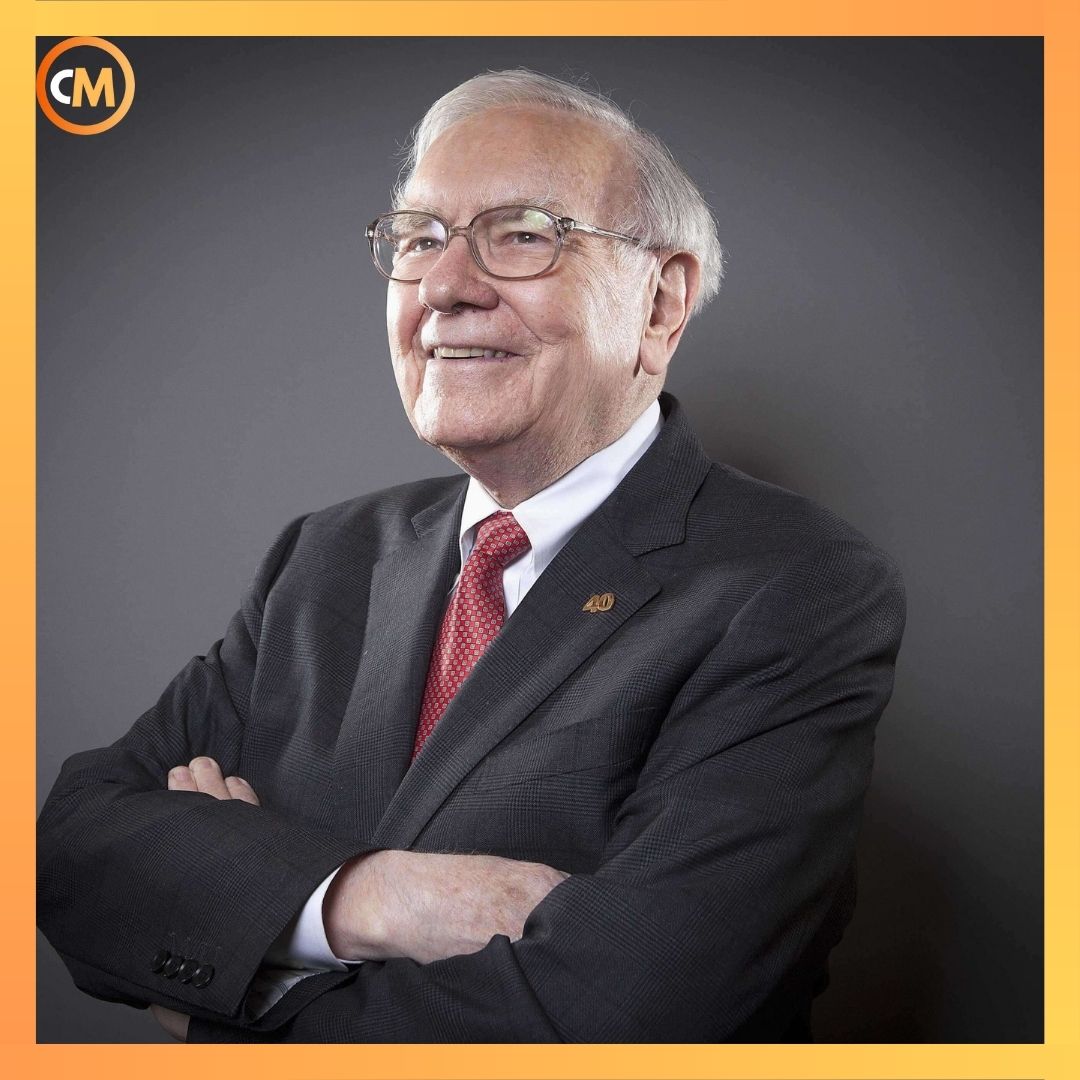Warren Buffett is a man who needs no introduction for he is the patron saint of investing for almost anyone who has dabbled in picking stocks.
He is revered by many because he did something truly exceptional:

He became one of the richest men alive not by innovative technology or by inheriting billions but by winning on the stock market consistently for over half a century.
In this blog, we’re gonna learn how Warren Buffett became a self-made investing billionaire.
Warren Buffett’s immense fortune is tied to the world’s largest conglomerate: Berkshire Hathaway.
But Buffett’s beginnings are much more humble.
He was born in Omaha in 1930, right as the Great Depression was kicking off.
The stock market had crashed half a year earlier and Nebraska was hit particularly hard.
The state’s economy relied on agriculture and the collapsing price of crops left many communities devastated.
Buffett himself was lucky enough to be born into the family of a local stockbroker, Howard Buffett.
Warren’s father was a smart businessman so despite the crash he was able to provide for his family.
In fact, once the economy started recovering, Howard’s career took off, so much so that in 1942 he ran for Congress as a Republican and actually won the election, despite the immense popularity of FDR and Democrats at the time.
Amidst his rise in politics, Howard moved the Buffett family to Washington DC, where Warren naturally felt very lonely.
He’d spend his days doing math both at home and at school, and reading investment books in his father’s study.
It is these early years that instilled in Warren the ambition to become rich, and in fact, he would tell his friends in school that if he wasn’t a millionaire by the time he was thirty, he would jump off the tallest building he could find.
To that end, Warren started playing on the stock market before even finishing high school, buying just a couple of shares here and there to see how it goes.
But Warren’s aspirations weren’t limited to the stock market; one of the books he read inspired him to try nearly every business venture he came up with.
He would buy six packs of Coca-Cola and sell them to his fellow students at a markup.
His first real job came in 1944 when he started delivering the Washington Post around his neighborhood.
That year, the 14-year-old Warren Buffett filed his first tax return, featuring a $45 deduction for his bicycle and watch.
With the money he made delivering newspapers, he would purchase pinball machines, which he would then place in stores around the neighborhood.
But in 1948 Howard Buffett lost his re-election campaign and the family was forced to go back to Omaha.
Warren sold his pinball business in Washington DC for a little over a thousand dollars, and back home in Nebraska, he used that money to buy a 40-acre farm, which he then rented out.
Warren used the farm’s rent to pay his way through the University of Nebraska, where he got a Bachelor’s in Business Administration.
He applied to the Harvard Business School when he was 19, but he was rejected, so he went with the next best option: the Columbia Business School.

There he met a teacher who would change his life forever: in fact, that man, Benjamin Graham, would go down in history as the father of value investing.
The two met in 1949, the same year when Graham published his magnum opus: the Intelligent Investor.
In this book, Graham lined out a step-by-step guide on how to invest successfully and consistently without speculating.
In a nutshell, his approach was finding decent companies at bargain prices, essentially finding a $1 stock that was trading at 50 cents.
Buffett fell in love with this method and he quickly became one of Graham’s favorite students.
In fact, just a few years after graduating, Warren went to work for Graham at his investment company.
There, Warren would master the art of security analysis, learning how to see the real value of a company just by glancing at its numbers.
But, just two years later Graham decided to retire, closing down his company and leaving Buffett on his own.
Now at the time, Buffett had saved up $175,000, which he used to start a partnership where he could apply Graham’s method.
He started looking for companies that were essentially cigarette butts: not doing great but still undervalued by the market, or in other words, still good for one more puff.
Here’s an example: in 1958 Buffett noticed the Sanborn Map Company, which held a virtual monopoly on the production of detailed maps used in the insurance business.
The company had been around for nearly a century, and while it had been doing poorly for the past decade, Buffett noticed something interesting in their books: the company had been investing its profits for the past 20 years in over 40 different stocks.
Buffett did the math and it turned out that while the company’s stock was trading at about $45 per share, just the investment portfolio alone was worth $65.
So Buffett naturally started buying up the Sanborn stock until he held the majority of the voting power, at which point he liquidated the investment portfolio.
Effectively, he spent $45 to buy $65 and in two years he made a 45% return with almost no risk.
Warren’s early investments followed the same philosophy and unsurprisingly they outperformed the stock market by a factor of four.
Thus, in January 1962, at 32 years old, Warren had officially become a millionaire, just two years after he had promised to jump off a building.
That very same year Warren encountered a cigarette butt that caught his eye: a struggling textile company called Berkshire Hathaway.

The textile industry in New England was in decline for decades and Berkshire had closed 9 out of its 11 textile mills.
The stock itself was trading at around $7, but its assets were worth at least $11. But here’s the thing: the company’s CEO at the time was using whatever cash the company earned to buy back its own stock.
Thus, whenever Berkshire sold off another mill, it would offer to buy out the shares of its own investors, essentially liquidating the company one mill at a time.
Warren purchased a lot of stock at $7 and eagerly awaited the CEO’s offer to buy them back.
A few years later, the two men shook hands on a price: $11.50 per stock, but when the day came, the offered price was only $11.375.
The CEO had tried to cheat Buffett out of 13 cents, and to return the favor Warren bought out the whole company and fired him.
But now Warren was stuck owning a declining company which he had no way to get rid of.
Instead of letting Berkshire go to waste, Warren started investing in stocks through the company, but this bad experience dramatically changed his philosophy.
Instead of searching for cigarette butts, that are mediocre companies at low prices, he started looking for amazing companies at fair prices.
His first purchase using this new philosophy was American Express, a company whose stock he still owns to this day.
Buffett applied his analytical skills to find the best stocks in the whole market, but that’s only part of the reason he became successful.
What really allowed him to make astronomical returns was his entry into the insurance business.
That might sound like a strange statement, after all, insurance is pretty boring and you wouldn’t expect it to double your money every year.
But Warren saw the path to ultimate wealth in exactly this business, which is why in 1967 he started buying up insurance companies, beginning with National Indemnity and culminating with GEICO in 1996.
Here’s why Buffett fell in love with insurance companies: they’re essentially like banks.
Thousands of people regularly pay their insurance premiums, effectively giving the insurance company a huge cash balance, but people can only “withdraw” their deposits when something bad happens, for example when their house burns down or their car breaks.
In other words, Buffett was buying companies with a billion dollars in cash that was technically considered a liability and thus wasn’t a factor in the purchasing price.
Suddenly he had access to immense capital which he invested wisely and carefully into A-grade companies.
By 1983 Berkshire’s portfolio was worth over a billion dollars and just three years later Buffett himself was worth a billion.
Now, I’ll probably make a separate Blog for the stocks Buffett invested in over the years, but what I can tell you is that picking winning stocks isn’t as hard as it sounds.
As long as you understand how the market works you can earn a lot of money by investing in it.
Thanks for reading. I hope you will like this video too.




